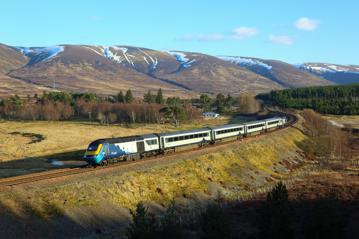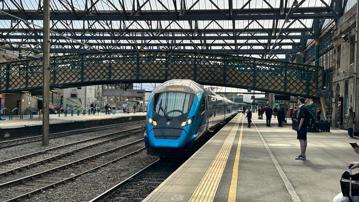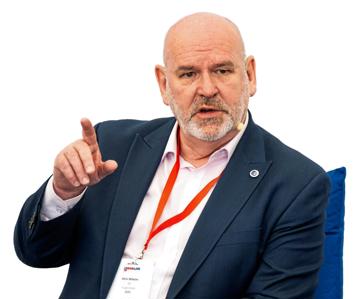Crossrail
-
Crossrail
Completed… the other London marathon
STEFANIE BROWNE reports on the mammoth engineering feat that has resulted in 26 miles of new tunnels being bored through London
-
Crossrail
Strictly for the birds!
Crossrail's benefits are also extending far beyond the route’s eastern terminus - all the way to a nature reserve on the Essex coast. STEFANIE BROWNE reports
-
Crossrail
Common ground
With an IEP and Crossrail depot, a planned HS2 station and London Overground station, Old Oak Common could soon be the most important rail centre in London.
-
Crossrail
Crossrail 2 to ease future congestion
PAUL PRENTICE profiles the plans for London’s next major cross-city line, and examines how far the project has progressed
-
Crossrail
Crossrail: reshaping London's landscape
RAIL monitors how the Crossrail project is progressing
-
Crossrail
Full steam ahead for Crossrail
The £15.9 billion Crossrail scheme will transform London’s railway map. As the project enters a busy, crucial year, RAIL charts the progress of Crossrail.
-
Crossrail
£15.9 billion Crossrail: ‘Show me the money’
Crossrail as a major catalyst for future economic recovery. But Crossrail’s funding structure is not looking sufficiently robust. PAUL COLEMAN reports.
-
Crossrail
A cut-price Crossrail?
DAVID R WRIGHT proposes a cheaper, quicker, simpler Crossrail based on using existing ‘tubes’ between Paddington and Liverpool Street
- 1
Top Stories
Review: Should we salute Scotland’s magnificent Inter7?
In our third and final Mystery Shopper piece covering ScotRail, we head out on the InterCity network to see if older trains still offer quality.
How far will split tickets and railcards take you on UK rail?
Fancy a coffee? In Scotland? All for around £40 return (not including the coffee)? Peter Plisner reports on mad days out by train.
In defence of the train drivers - Interview with Mick Whelan
After two years of strike action, ASLEF struck a deal with the new government in September. For Mick Whelan, it was just another chapter in his fight for his members. RICHARD WILCOCK speaks to the union chief














